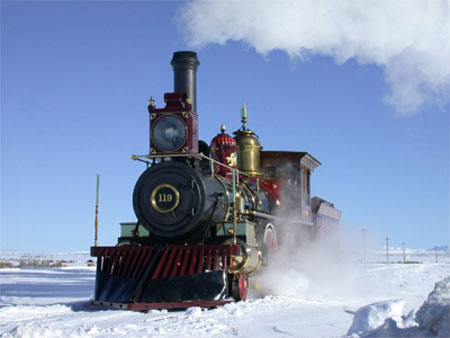

The technological innovations of the 19th century did not stop with inventions that changed manufacturing and agriculture. Change was also evident in the areas of communication and transportation. Urbanization of the major cities of the United States, along with legislation that encouraged movement toward the western part of the nation, led to westward expansion. Citizens and immigrants began to develop new lives in new places throughout the United States.
Transportation became a major concern of the 19th century. Horses and wagons served as the primary source of transportation in the 1800s. People walked to nearby locations, and those who lived near water traveled by ships. People traveled by train to locations that were farther away.
By the mid-1850s, networks of railroads were springing up across America. Improved technology created trains that moved faster and traveled farther. Soon the United States saw the creation of the Transcontinental Railroad, a railroad built to connect the eastern United States to the western United States. This railroad increased travel and trade and connected the lives of the Americans across the country.
Watch the following video and answer the questions that follow.
Answer the following questions in your notes.



The invention of the steam engine transformed the shipping industry., an inventor, designed the first successful steamboat used commercially, called the Clermont, to transport passengers between New York City and Albany, New York.
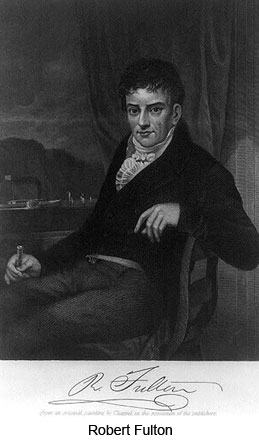
The steamboat not only changed the way passengers were transported, but it also allowed businesses and industries to trade their goods with new customers. Trade and travel in new places began to grow as a result.
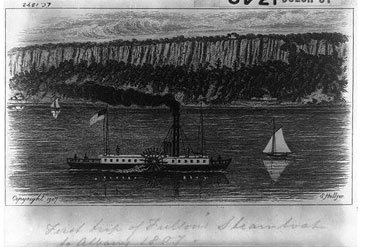
Fulton's steamboat, the "Clermont," transformed American rivers into an option for two-way travel.
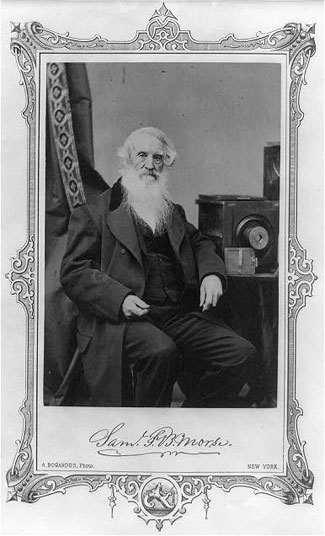
As improvements in transportation connected Americans across the country, so did improvements in communication. Since people and businesses were so spread out, it became necessary for communication to reach farther and faster. American inventors rose to the occasion, and an era of technological advances in communication improved the way that Americans communicated with each other and the world.
Many years before texting and emailing were the speedy ways to communicate with others, an American inventor named Samuel Morse invented a method that allowed Americans to communicate with each other at the fastest pace that people had ever experienced. In 1838, Morse invented the telegraph machine, which used a system of dots and dashes to deliver messages of up to 10 words in less than a minute. In 1844, he built a cable line from Baltimore to Washington, D.C., to send messages by telegraph.
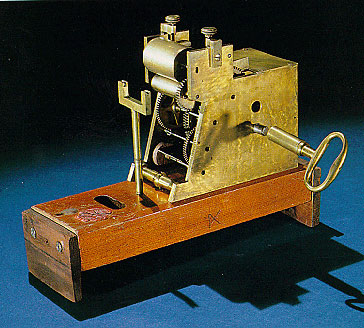
In his initial demonstration of the telegraph machine, Morse sent the following message from the Supreme Court in Washington, D.C., to Baltimore: "What hath God wrought?"
Morse convinced Congress to spend $30,000 to wire America. Soon telegraph lines were stretched across the country. This invention contributed to the opening of the West by increasing the speed and ease of communication.
Here are some examples of how Morse Code Works:
SOS 
Hello 
Using the International Morse Code above, select the correct letters to decode the message.
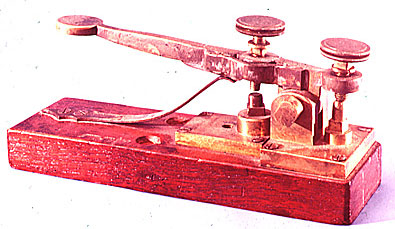
This is an image of the upgraded Morse Telegraph. It was improved by the addition of metal tension springs.
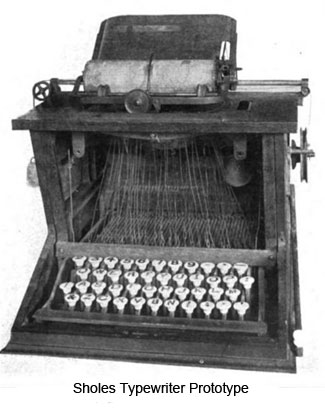
The typewriter, which was invented by Christopher Sholes, was a new kind of technology that allowed communication to be mechanized by individual writers. In 1873, Sholes sold a prototype to a company for mass production. Mark Twain's "Adventures of Tom Sawyer" was one of the first literary works to be completed on a typewriter.
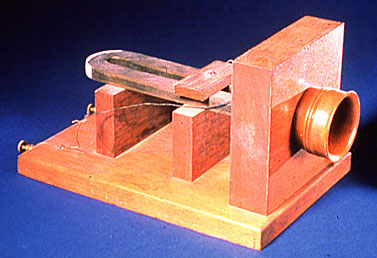
The improvements in communication moved from written to voice with the invention of the telephone by Alexander Graham Bell. Bell experimented with sound as he experimented with a telegraph machine. By 1876, he was able to transmit the first sound. After months of improvements, Bell was able to send and receive sounds from Cambridge to Salem, Massachusetts. The photo to the right is of his transmitter and receiver used in the first experiment with sound.
Sources of images used for this section as they appear, top to bottom: